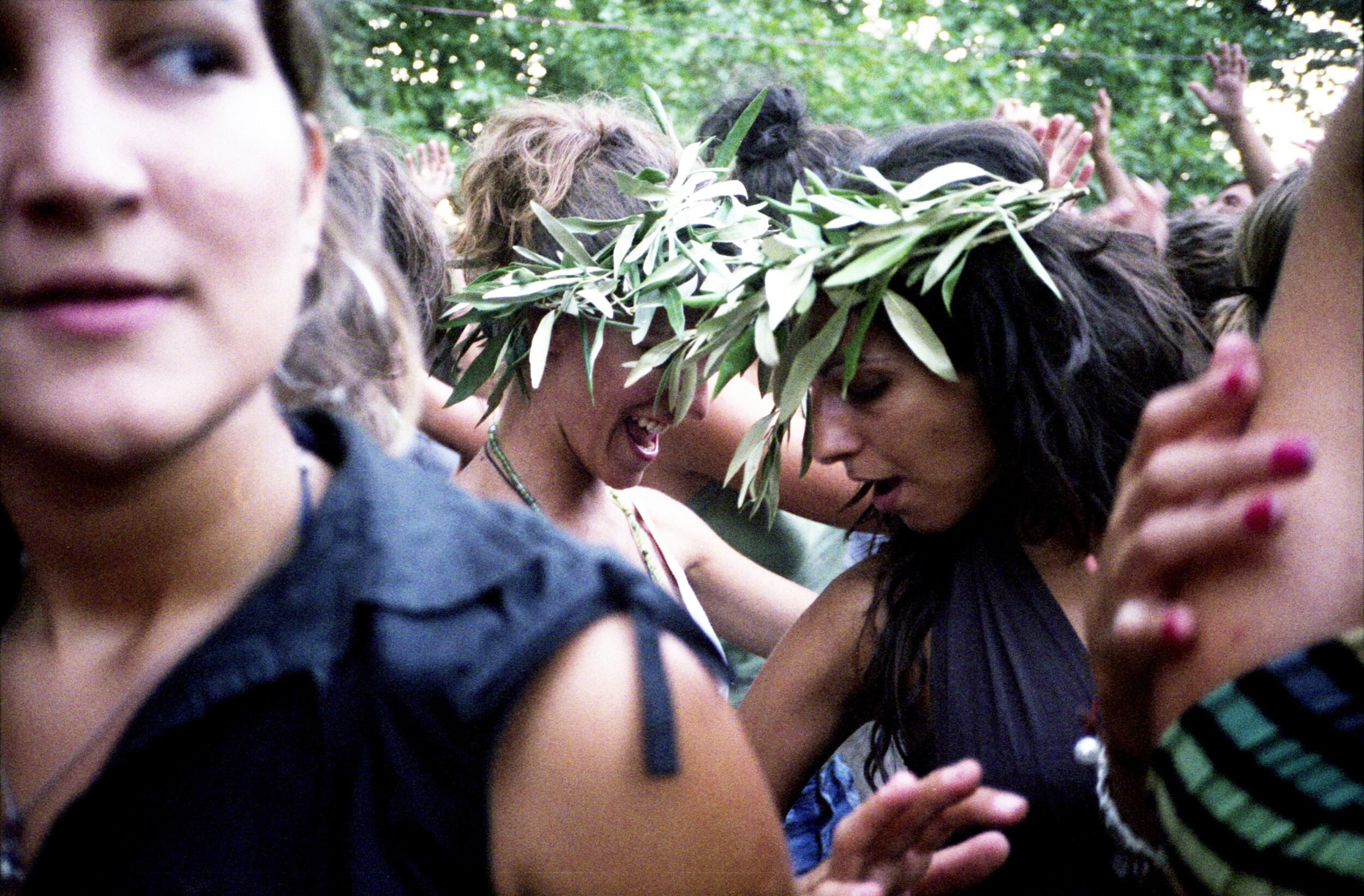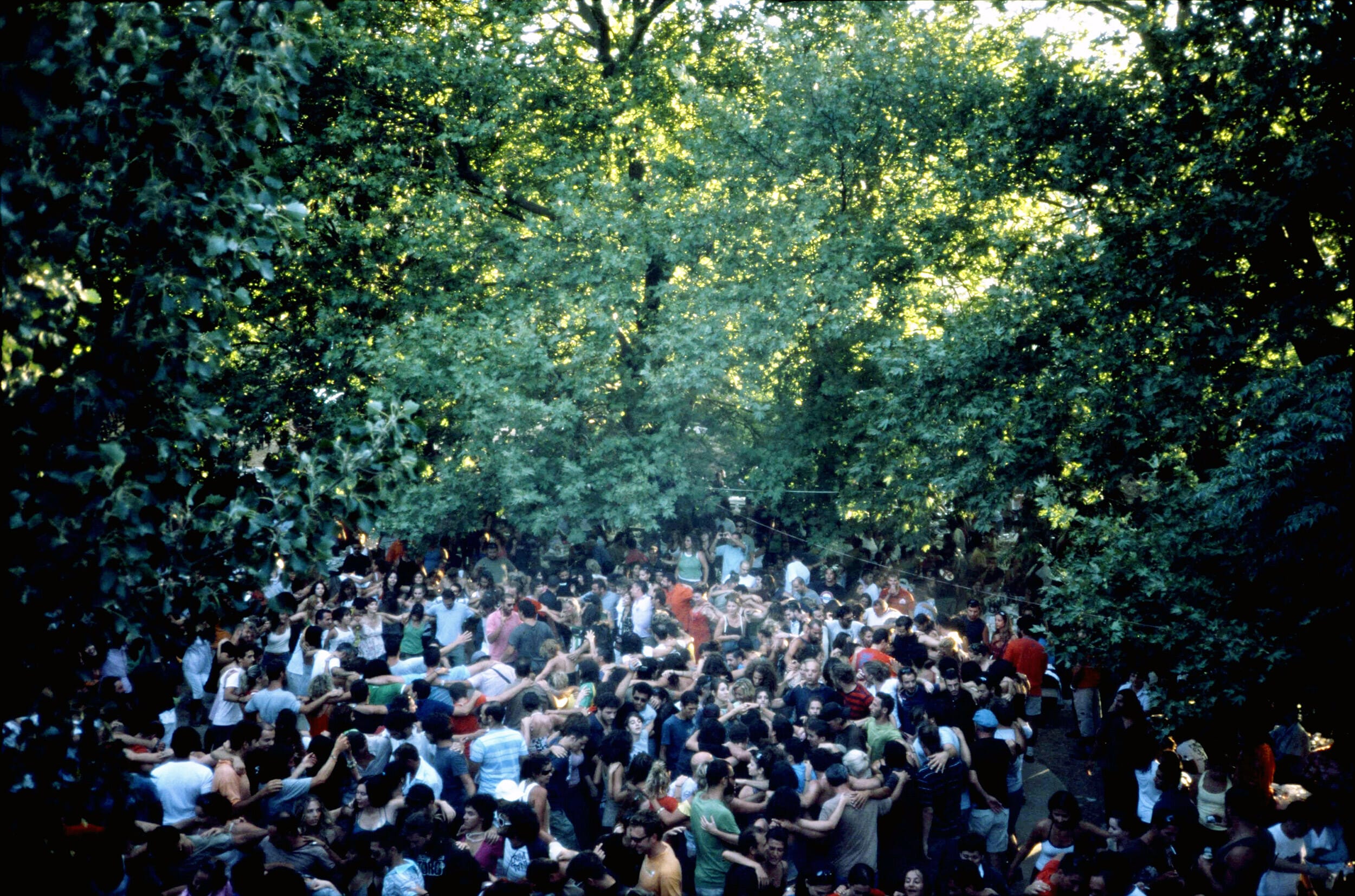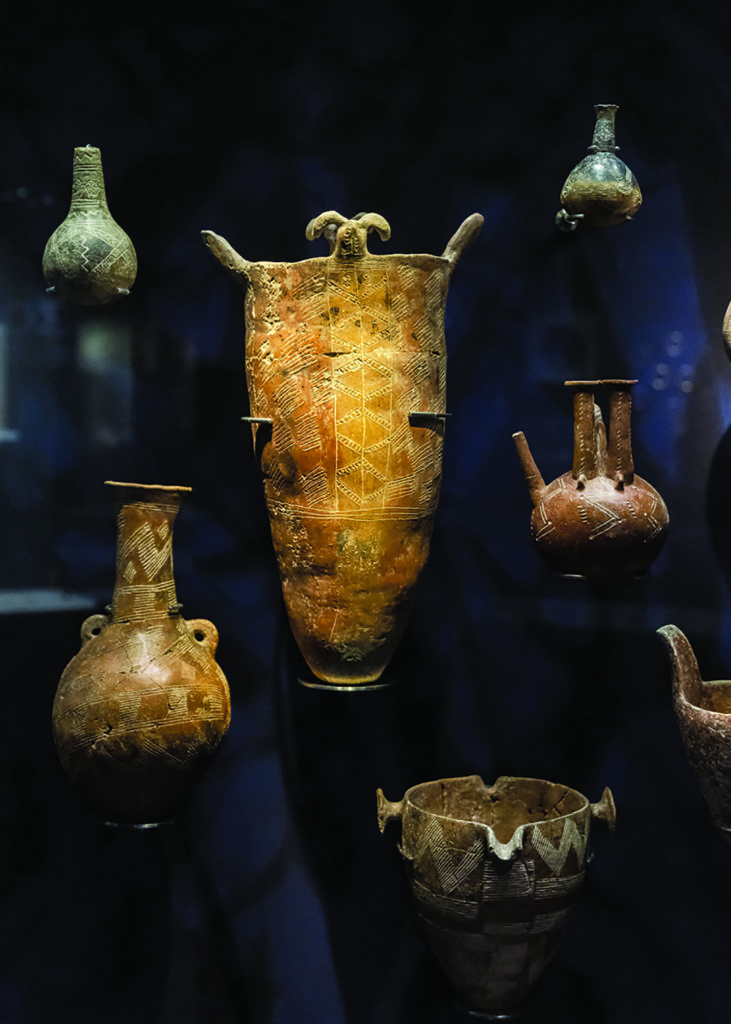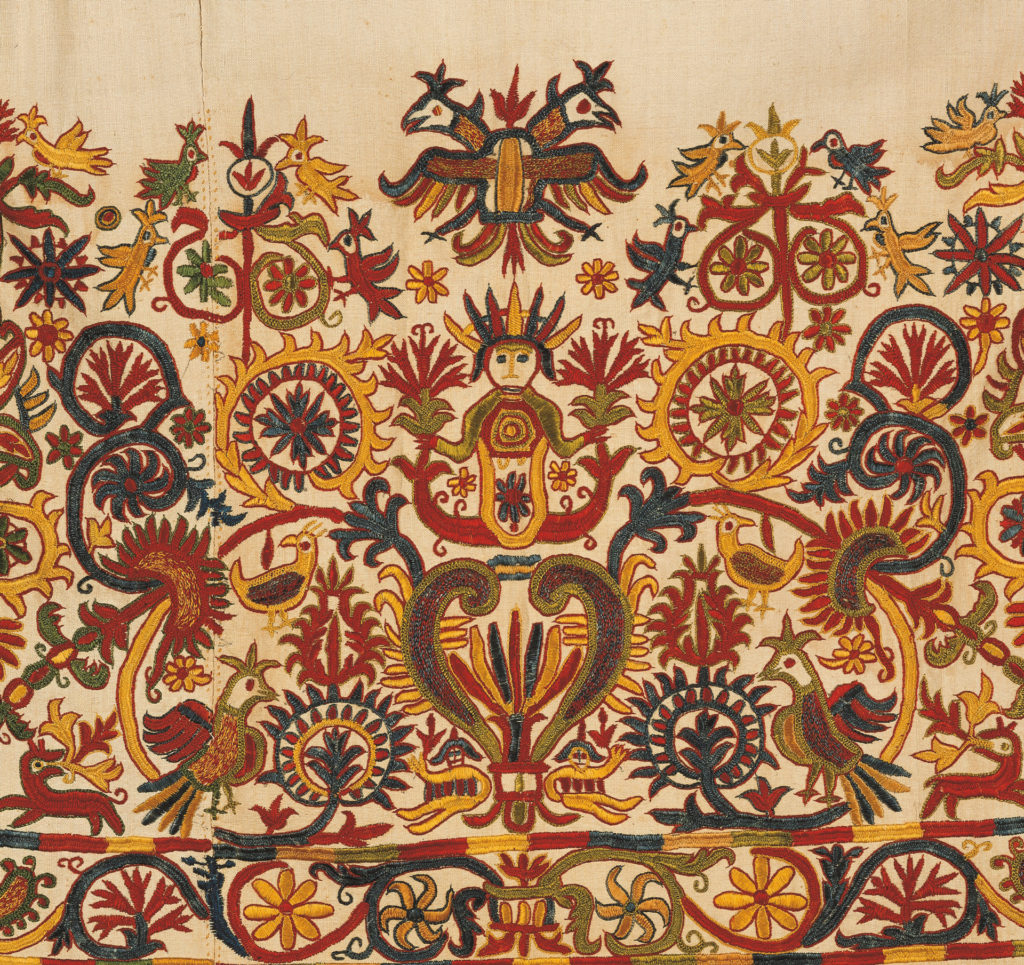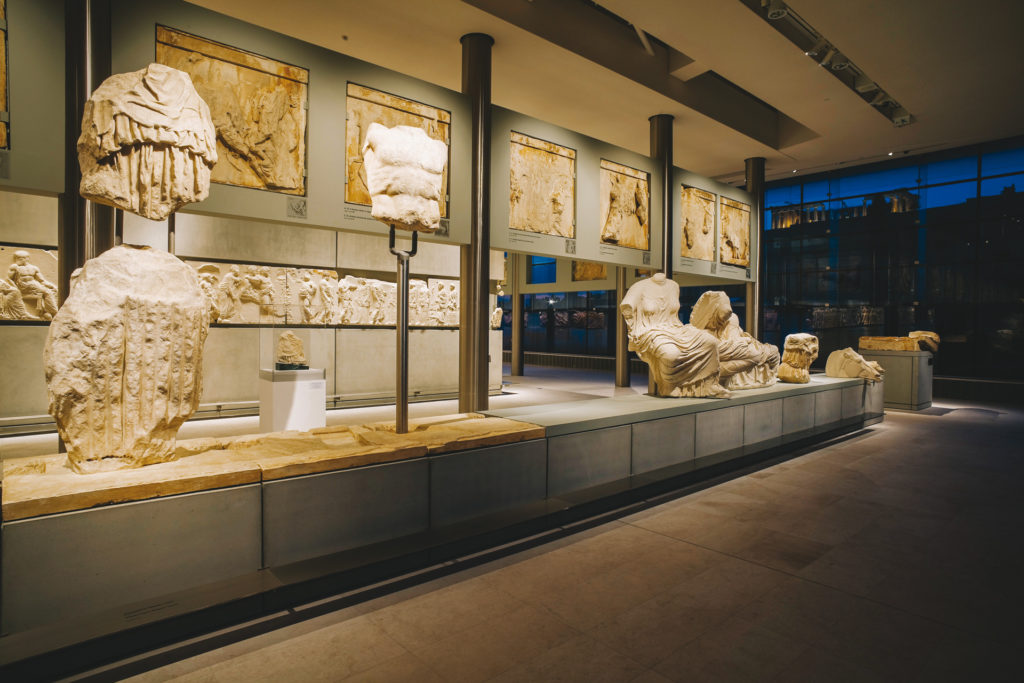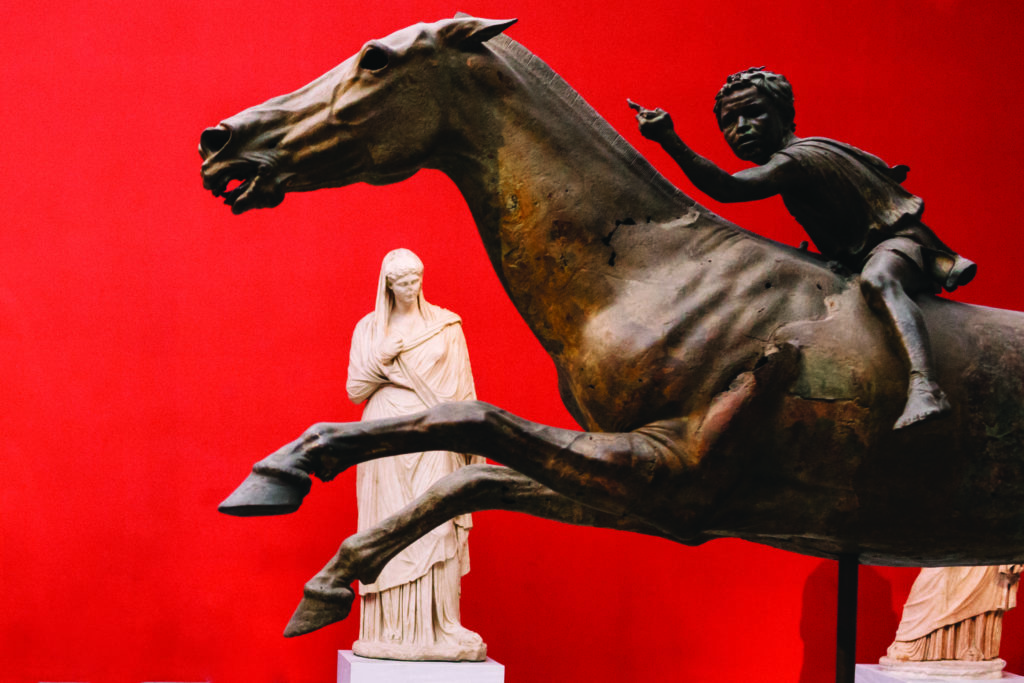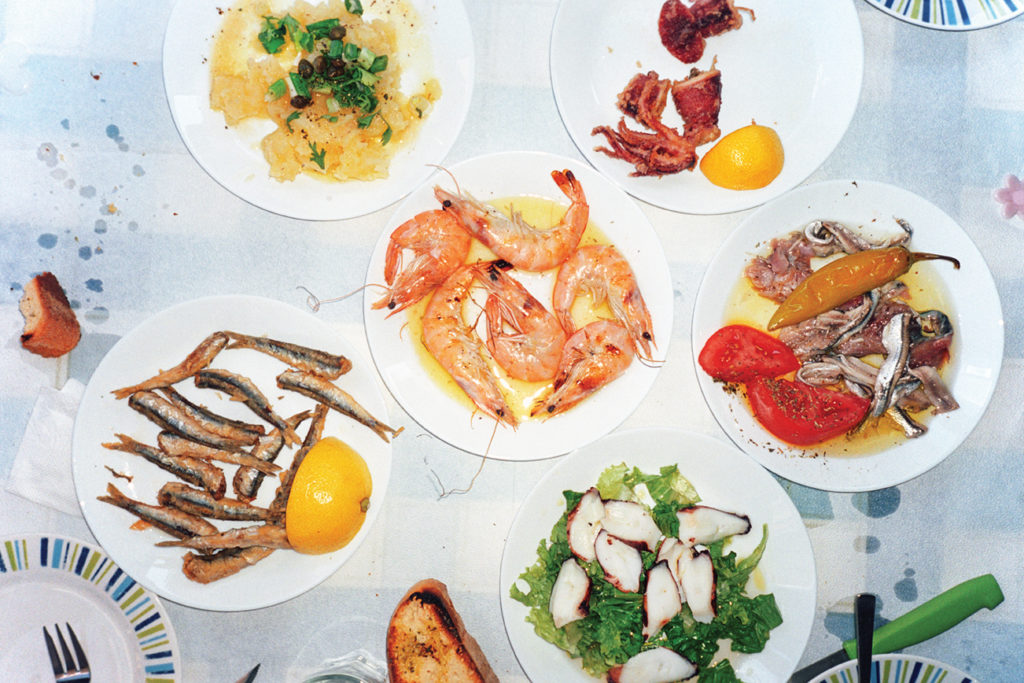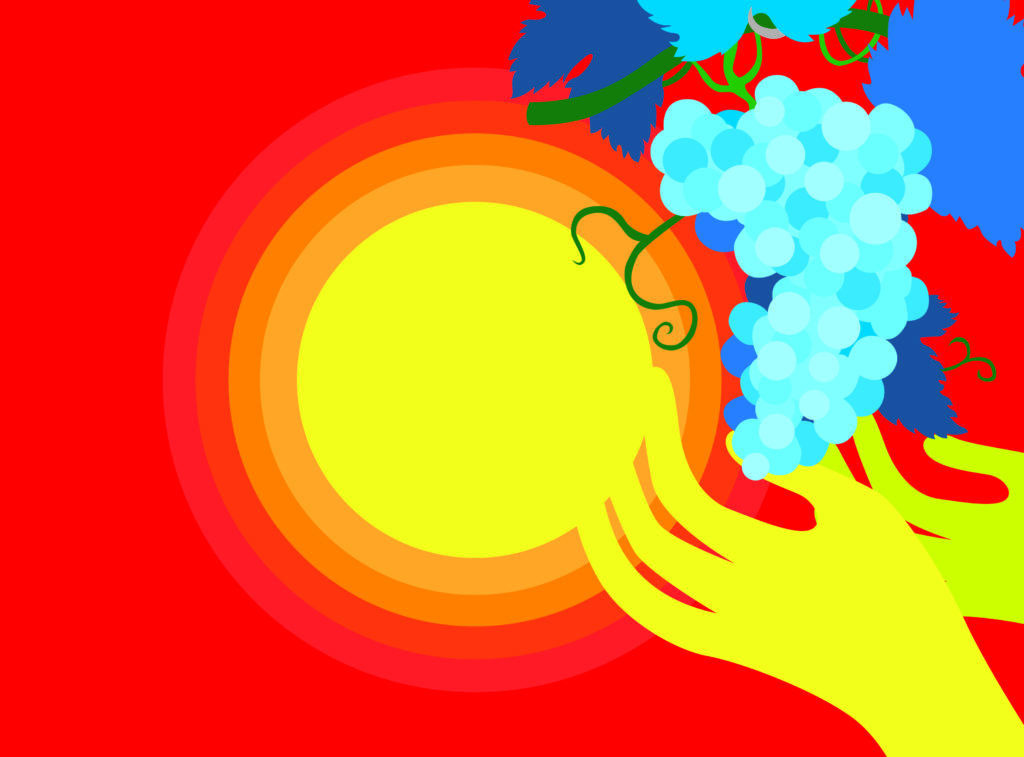Karkinagri is the southernmost village of Icaria. Away from the ports of Evdilos and Agios Kirykos, from Raches that only “wake up” at night, and from the most cosmopolitan beaches like Messakti or Armenistis, it dominates the roughest part of the island, where steep cliffs and low vegetation alternate with the incredible (and endless) blue horizon.
The waves of the Icarian Sea are slowly shaping, since the beginning of time you’d think, the rocks in front of the village, and they sometimes torment the locals with their wild and unpredictable behavior.
I know all this because last summer I happened to spend a few days in Karkinagri with two friends. One of them comes from this village.
The people of Icaria have a strange relationship with time. It seems as if they define it instead of the other way around. And the funny thing is that, the moment you set foot on the island, you adapt to its rhythm, whether you like it or not.
So, every morning, when we’d wake up, we would go down to the same small covered coffee shop with whitewashed walls for coffee. The opening hours were a little flexible and we would usually end up waiting for the owner.
Even when it would open, though, it wasn’t certain that someone would immediately -or even eventually- come to take our order.
The people of Icaria have a strange relationship with time. It seems as if they define it instead of the other way around. And the funny thing is that, the moment you set foot on the island, you adapt to its rhythm, whether you like it or not. In Athens there was no chance we would have waited for an hour before someone took our order. In Icaria, it never bothered us.
This may be the secret behind the well-publicized longevity of its inhabitants. Their refusal to compromise with a stressful, suffocating lifestyle that seems normal to the rest of us. They have the same attitude towards tourism, an attitude that has helped keep most of their land’s characteristics unchanged and avoid malaises we often encounter in other Greek islands.
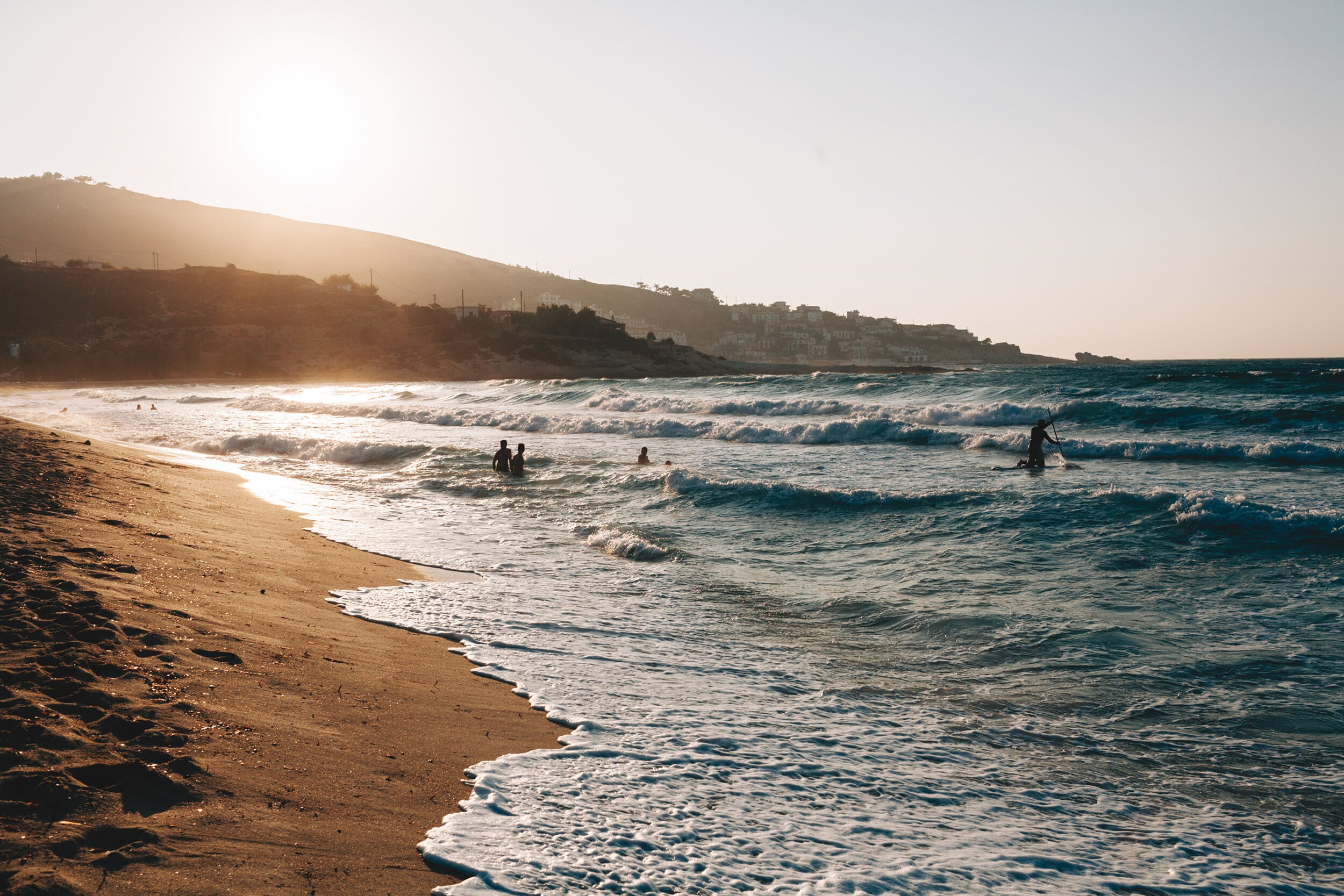
The waves of the Icarian Sea are slowly shaping, since the beginning of time you’d think, the rocks in front of the village, and they sometimes torment the locals with their wild and unpredictable behavior. Photo: Paris Tavitian/LIFO
In recent years, a rumor of this freedom, this formidable energy that seems to envelope the entire island like a cloud, has spread everywhere, thanks mainly to the domestic and international media, and that’s why hordes of tourists flood villages and beaches every summer. Some choose to free camp, though it’s not allowed, in several parts of the island (Karavostamo and Nas Canyon are the most popular spots), others, less adventurous, rent rooms.
The crowds are especially large in August. Because of the famous island fairs. Around those days, in fact, I think there are about thirty of them. Everyone hops from fair to fair, drinking and dancing till dawn and then getting in any available car (everyone hitch-hikes in Icaria) to go home and get some sleep. The next night, it all begins again. On days when there is no fair, most people go up to Raches. There are many bars, taverns and pubs playing loud music there. And if there is no music, there’s bound to be someone with a guitar who’ll start to sing.
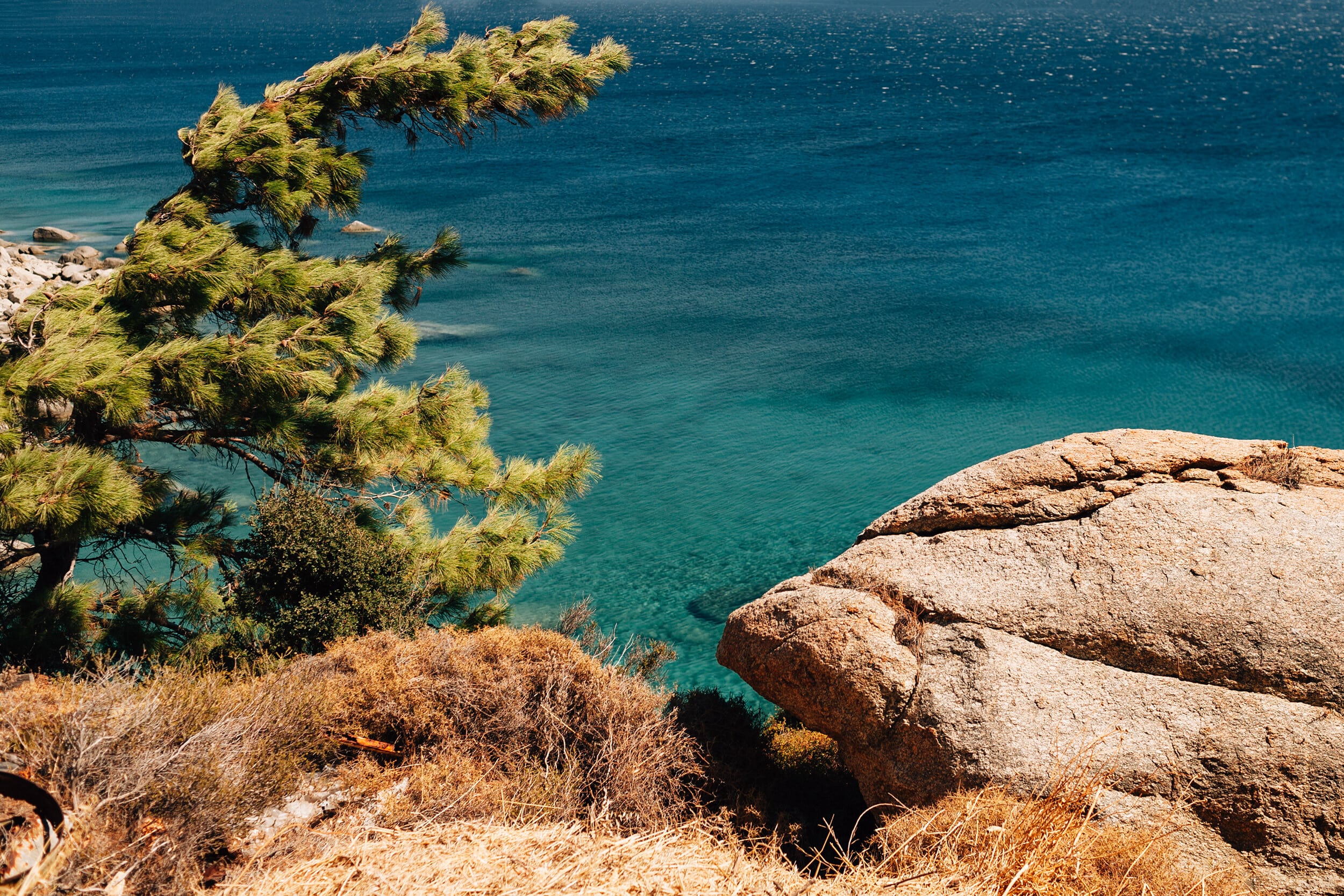
Where steep cliffs and low vegetation alternate with the incredible (and endless) blue horizon. Photo: Paris Tavitian/LIFO
I was in Icaria on August 15, so there was no chance I was going to miss the biggest and most famous of fairs, the Lagada fair.
After a car ride up the mountain and a hike on a dirt road, you reach a large plateau under the trees. To find a table, you have to be there before noon. The menu is simple and rather cheap, especially if you go with a large group of friends. Roast lamp, French fries, salad. And wine, plenty of wine.
The band plays almost non-stop into the night and people, strangers among strangers, join hands and dance in circles, all through the night. And when the Ikariotikos dance is over, they find a partner and start to waltz. An endless, ecstatic, Dionysian feast celebrating the joy of life and casting out death.
As a traditional song with a rather cynical and pessimistic verse I heard there goes: “We will all end up inside this very land we are treading on”. But everyone was singing it loudly, with a smile on their face.

